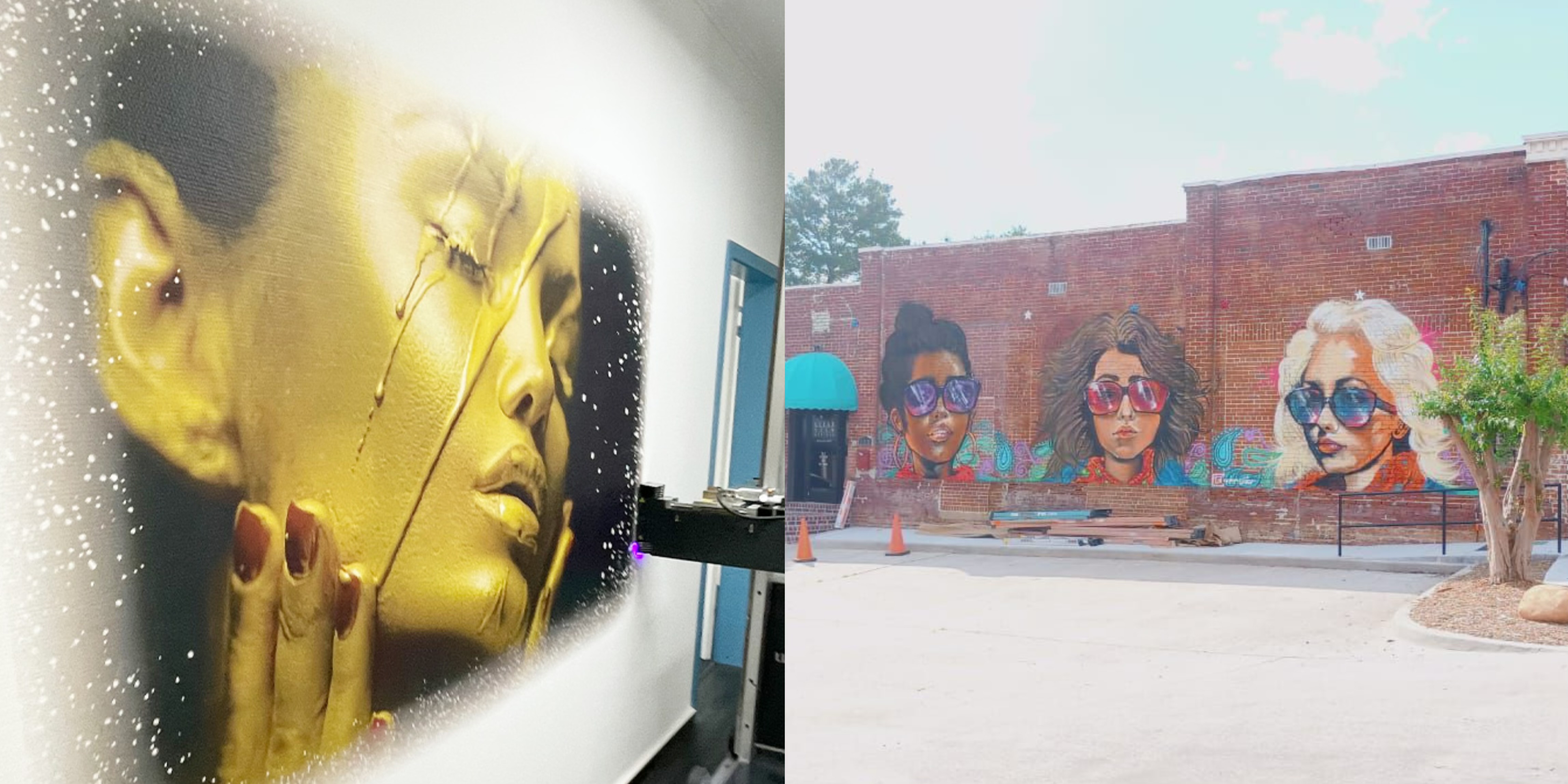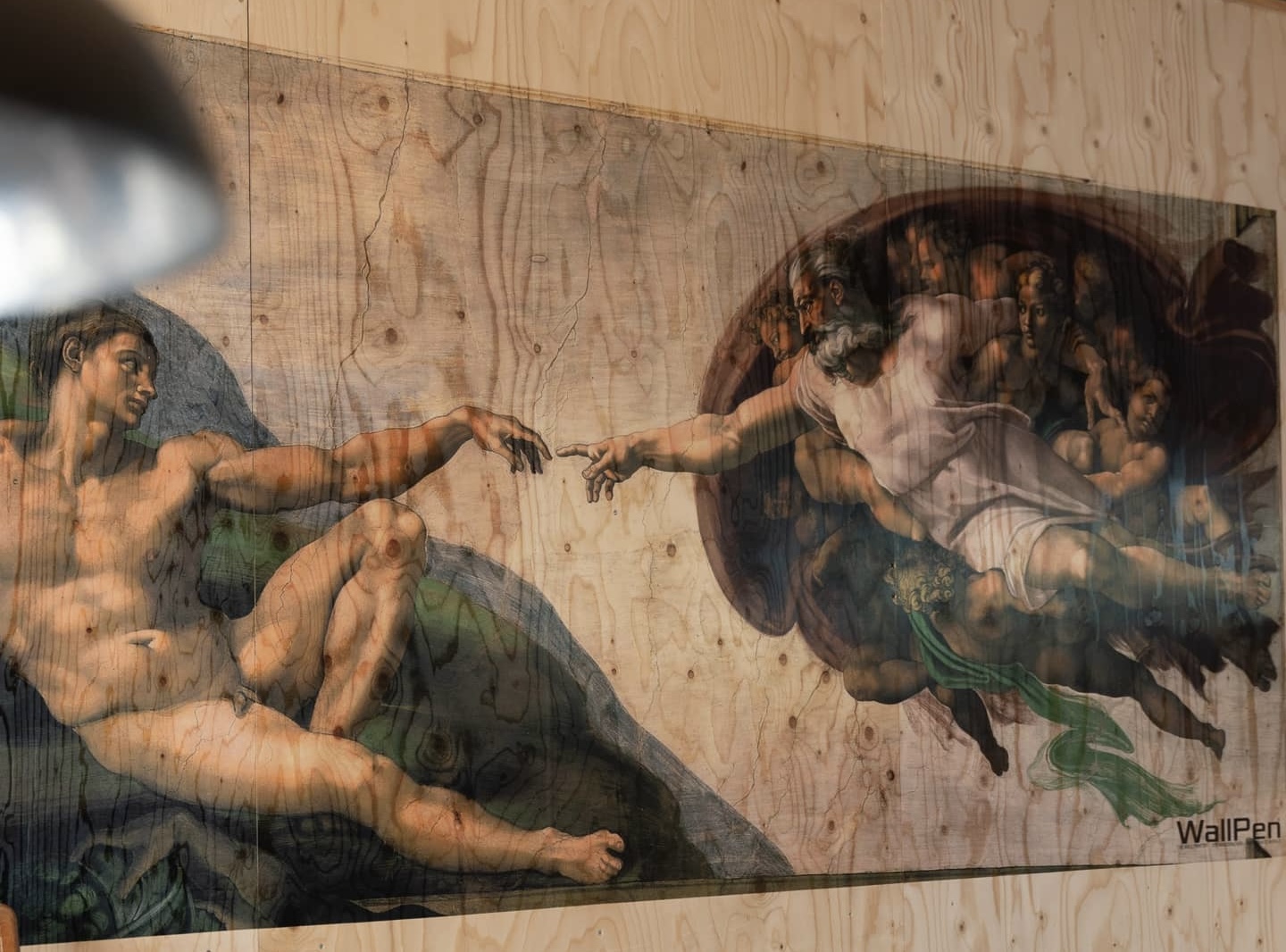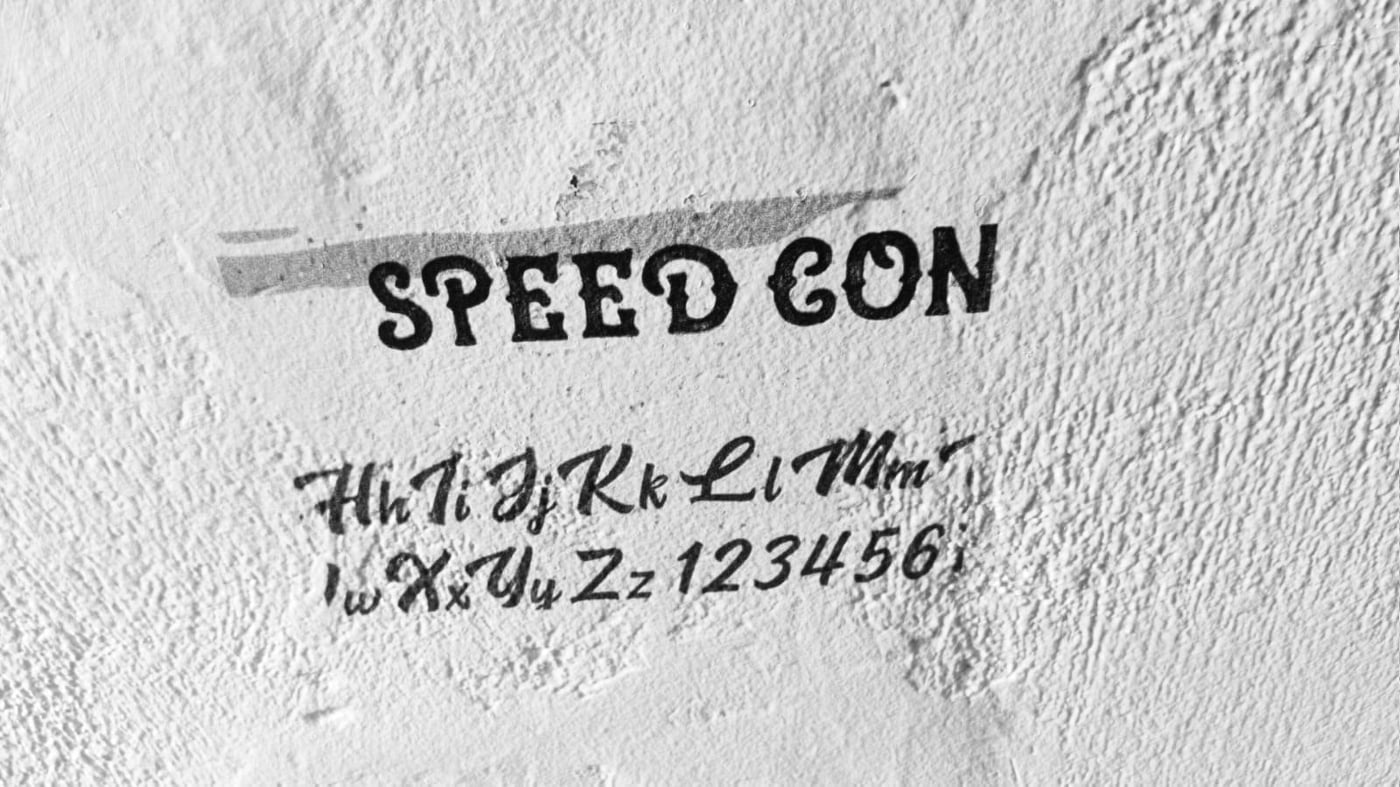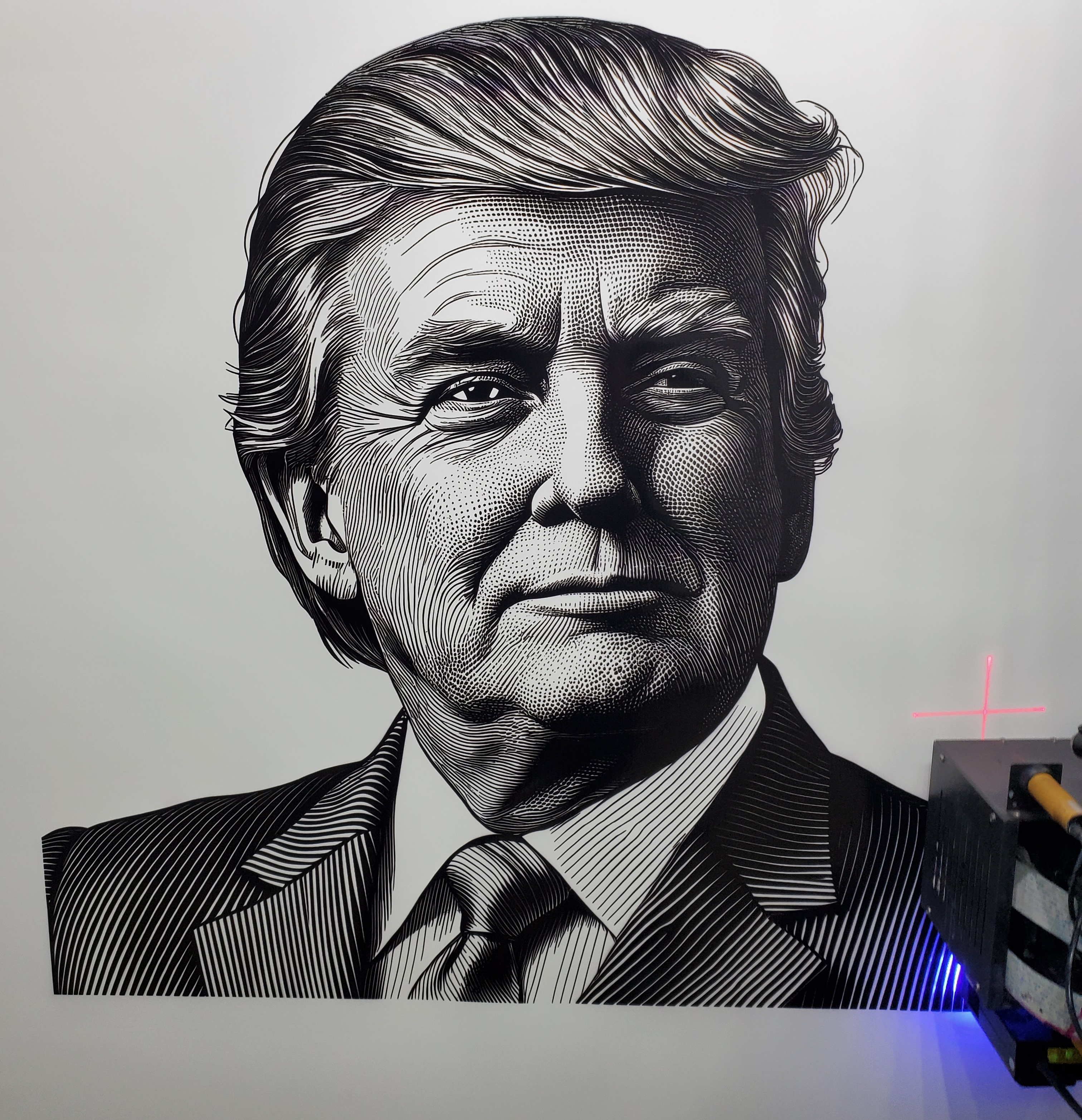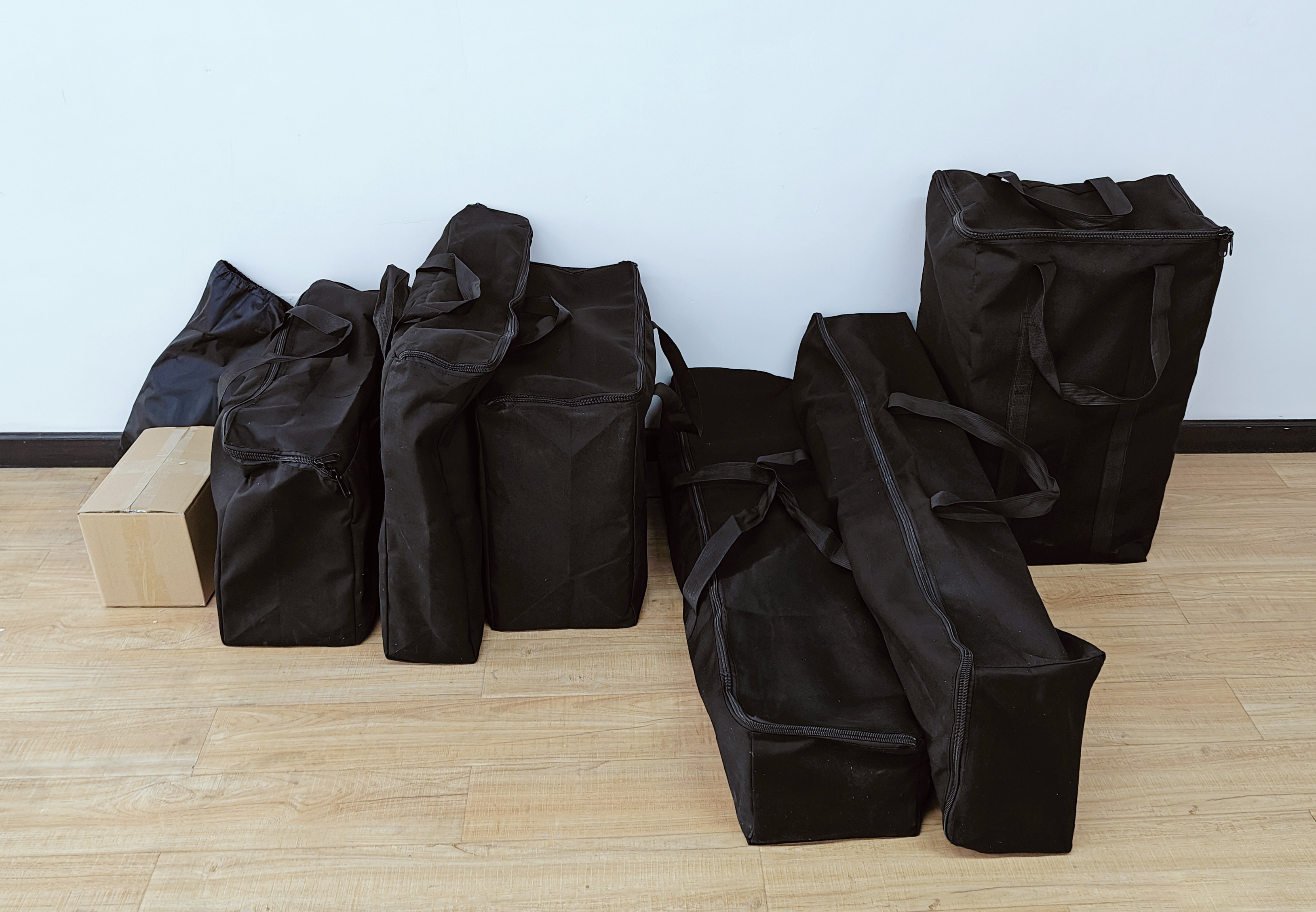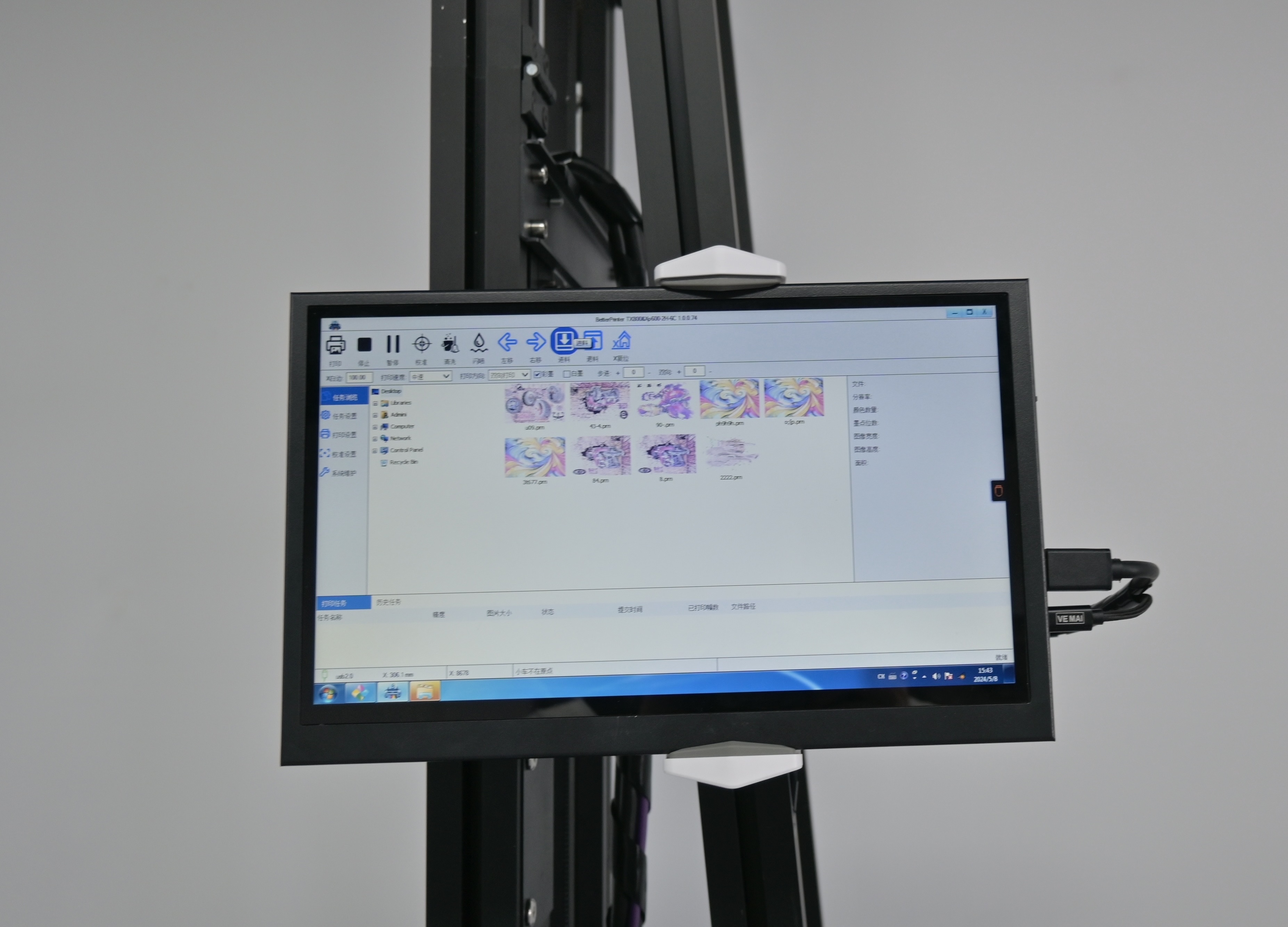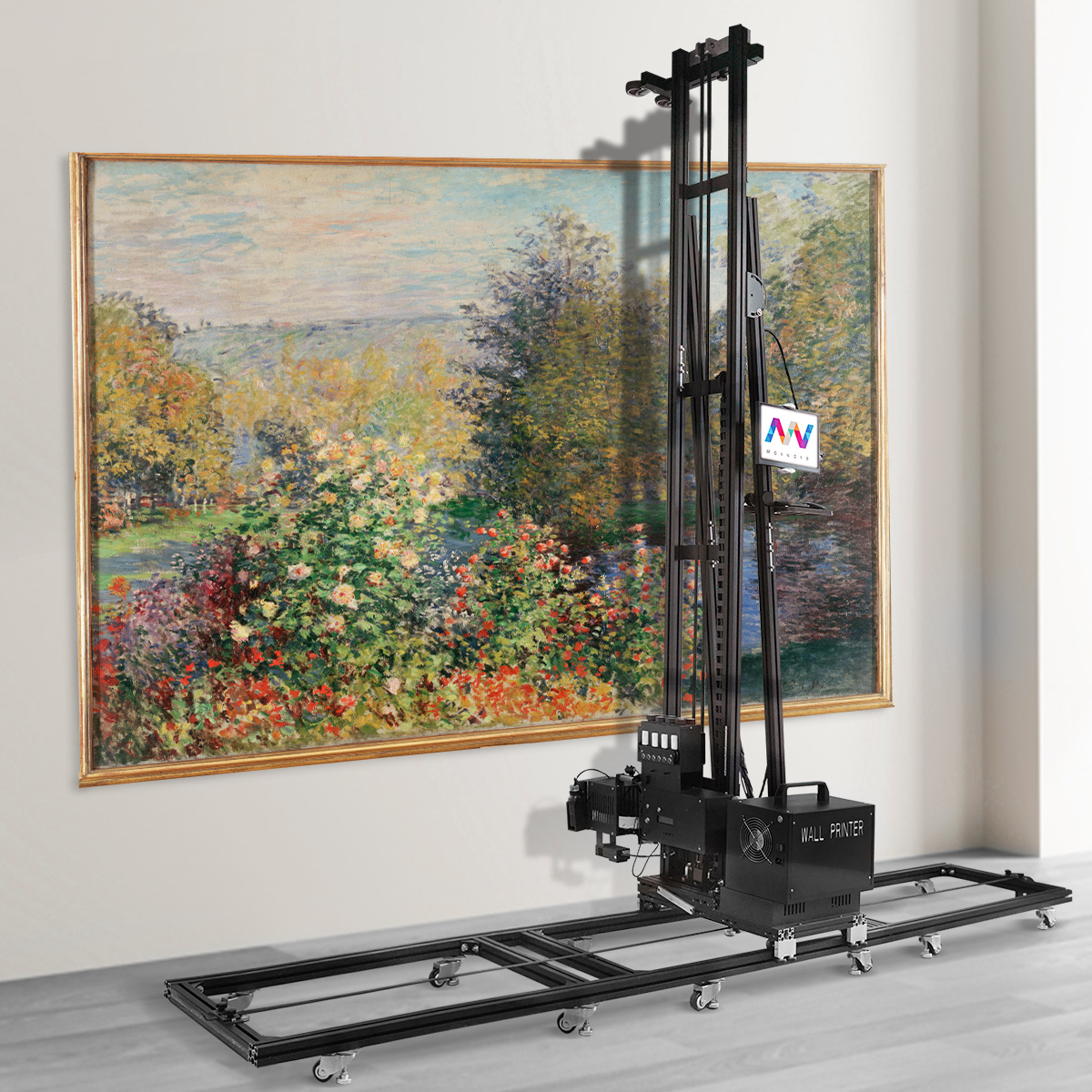Imagine turning plain walls into vibrant murals, stunning signage, or custom artwork that captures attention and transforms spaces. For entrepreneurs and businesses, a vertical wall printer can open up a world of creative possibilities—and profitable opportunities. But with so many models and features available, how do you choose the one that fits your needs and budget? This guide will help you make an informed decision.
Business Application Analysis of Vertical Wall Printer
To choose the right vertical wall printer for your business, start by defining your primary use cases. Decide if your focus will be on murals, advertising, interior decorating, signage, or custom artwork. Also, consider whether these projects will be for residential homes, commercial buildings, or public spaces. This helps you select a printer with the right features and print quality.
Identifying Your Target Market
Next, determine your target market. Will you serve homeowners, local businesses, designers, architects, or signage companies? Knowing if your business model is B2C (direct to consumer), B2B (business to business), or a mix of both affects the printer choice. For example, a printer suited for detailed artistic murals might differ from one optimized for quick signage production.
Evaluating Site and Surface Conditions
Consider where most of your printing work will take place. Are they mainly indoor or outdoor projects? Will you be printing on plaster, brick, metal, or other types of surfaces? Some vertical wall printers are better suited for rough textures, while others perform best on smooth surfaces. The MaxWave GP200L wall printer delivers outstanding results both indoors and outdoors, ensuring durability and quality of the final prints.
Analyzing Competition and Market Demand
Research your local competition and demand carefully. Look at what other providers offer and their pricing strategies. Identify any gaps, such as the need for high-detail art or rapid advertising prints. This insight lets you choose a printer that fills these gaps and stands out in your market.
Considering Scalability and Expansion
Finally, think about business growth. If you plan to expand into new regions or industries, your printer should offer scalability and flexibility. Adjustable models can handle different project types and sizes without extra investment. You can also choose the MaxWave GP200I, which can be split into 8 packages for easy transport, and its printing height can be freely extended, making it an excellent option for business expansion.
By thoroughly analyzing these business application factors, you can select a vertical wall printer that matches your current objectives and supports growth effectively.
Print Quality and Resolution of Vertical Wall Printer
Choosing the right vertical wall printer machine means paying close attention to print quality and resolution, as these directly impact the appearance of your final product.
Required Resolution
First, assess the resolution your business needs. Basic printers typically offer around 1440 dpi (dots per inch), which works well for simple designs. If your projects demand detailed or rich graphics, opt for machines that support high-definition printing up to 2880 dpi. Higher resolution means sharper images and finer details. MaxWave wall printers deliver up to 2880 dpi and start at just $4,300, making them a high-quality yet affordable choice.
Consistent Output Quality
It’s also important to ensure the printer can maintain consistent quality across large surfaces. The machine should handle different wall textures without losing clarity or color accuracy. This consistency is key for professional-looking results every time.
3D Graphic Effects and Wall Texture Adaptation
Some advanced vertical wall printers come equipped with sensors that read wall texture. These sensors adjust the printing process to optimize clarity and create impressive 3D graphic effects. This technology is especially useful when printing on uneven or rough surfaces, ensuring the print looks sharp and detailed. For example, MaxWave wall printers are all equipped with automatic sensors to handle different wall textures with ease.
Vertical Wall Printer Ink Technology and Surface Compatibility
Choosing the right ink technology is crucial when selecting a vertical wall printer for your business. Different inks work better on different surfaces and affect print quality, durability, and cost.
Types of Ink
-
UV-Cured Inks
These inks dry quickly under UV light, making them ideal for fast production. They stick well to many surfaces such as glass, metal, plastic, acrylic, leather, and ceramics. UV-cured inks are known for their durability and versatility, providing long-lasting prints even in challenging environments. -
Water-Based Inks
Water-based inks are eco-friendly and safer for indoor use. They tend to be more affordable but may not work well on all materials. Their adhesion and durability can be limited compared to UV-cured inks, especially on non-porous surfaces.
Surface Compatibility
It is important to ensure your chosen wall print machine matches the types of wall materials you will print on, such as plaster, brick, concrete, glass, or metal. A printer with broad material compatibility will offer more flexibility for diverse projects.
Adhesion and Print Quality
High-performance vertical wall printers provide strong adhesion with minimal need for surface preparation or additional coating. This saves time and ensures vibrant, lasting prints on a variety of surfaces without worrying about peeling or fading.
Maintenance and Ink Supply
Consider the ease of maintenance and ink replacement. Check if the replacement inks are readily available and affordable in your region. Some printers include automatic ink supply systems that help maintain continuous printing without frequent interruptions, improving operational efficiency.
Choosing the right ink and ensuring compatibility with your target surfaces will improve your printing outcomes and reduce long-term costs.
Printing Speed and Efficiency of Vertical Wall Printer
When choosing a vertical wall printer, printing speed and efficiency are key factors to consider. These affect how quickly you can complete jobs and ultimately impact your business’s profitability.
Evaluate Output Speed
Look for printers with a high average output speed, measured in square feet per hour. Top-tier models can print up to 850 sqft/hr, which speeds up large projects significantly. Faster printing means you can take on more jobs in less time.
Balance Speed and Print Quality
Keep in mind that higher printing speeds sometimes reduce image resolution. It’s important to find a printer that balances speed and quality according to your typical project needs. If your clients demand high-detail murals, prioritize models with better resolution even if they print a bit slower.
Automation Features to Boost Efficiency
Choose a direct wall printer equipped with automatic ink supply and self-cleaning systems. These features reduce frequent manual ink refills and cleaning, maintaining a consistent printing speed. Automation enhances continuous operation and minimizes downtime.
Vertical Wall Printer Machine Dimensions and Portability
Choosing a vertical wall printer, understanding the machine’s dimensions and portability is crucial for your business needs.
Physical Footprint
Start by reviewing the vertical 3d wall printing machine’s physical size. Make sure it fits comfortably in your typical workspace or job site. A printer that is too large can cause space issues and reduce efficiency.
Mobility Needs
Consider how often you will move the printer:
- Portable models are lightweight and can be disassembled, making them easy to transport between job sites or different areas within a building. They are ideal for businesses that provide on-site services or create outdoor murals.
- Stationary units, on the other hand, are non-detachable, bulkier, and not convenient to transport. They are designed for permanent installation and are best suited for high-volume, continuous printing in production facilities.
Setup and Teardown Time
Evaluate how quick and simple it is to set up and dismantle the printer. Machines that require minimal setup time help you serve multiple locations efficiently without losing valuable working hours.
Accessibility
Portability also affects where you can print. Portable printers allow access to high walls, corners, and other hard-to-reach places. This flexibility expands your range of possible projects and client offerings.
Software, Usability of Vertical Wall Printer
Choosing the right vertical wall printer means paying close attention to software, usability, and automation features. These elements greatly affect efficiency, ease of use, and print quality.
User Interface and Learning Curve
Look for wall 3d printing machines with an intuitive user interface. Easy-to-navigate controls reduce training time and lower costs. A simple, clear software layout helps operators work faster and with fewer mistakes.
File and Graphic Compatibility
Ensure the printer’s software supports common digital formats like JPG, PNG, PDF, and vector files. Advanced functions such as automated photo-to-wall conversion can save time by preparing images automatically for printing on vertical surfaces.
Vertical Wall Printer Total Cost of Ownership
When choosing a vertical wall printer, understanding the total cost of ownership (TCO) is crucial for making a smart investment.
Upfront Investment
Start by calculating all initial expenses. This includes the printer’s purchase price, shipping fees, installation charges, and any licensing fees for your specific region. For example, a high-end model might cost $15,000, while a more basic unit could be around $5,000. Don’t forget to add any costs for custom setup or training during installation.
Operational Costs
Next, consider ongoing expenses. Ink cartridges, replacement parts, and regular maintenance can add up over time. For instance, ink refills might cost $200 monthly depending on print volume. Also, factor in possible staff training to keep the printer running efficiently.
Maintenance and Repair
Maintenance can be a key factor affecting TCO. Check if the supplier offers warranties and how long they last. Also, find out how often parts need replacement. Some wall mural printer machines require specialist repairs, which might increase downtime and expenses unless your team can handle basic servicing in-house.
ROI and Payback Period
Evaluate your anticipated return on investment (ROI). This means comparing your expected income from received jobs with all costs. In a busy market, a vertical wall printer can pay for itself within 12 to 18 months. However, MaxWave’s vertical wall printers are so cost-effective that many users recover their investment in just 1 to 3 months. Use local demand data and typical project rates to make realistic cash flow projections.
By carefully analyzing these cost factors, you can select a vertical wall printer that fits your business needs and budget effectively.
Brand Reliability and After-Sales Support of Vertical Wall Printer
For a wall painting printer machine, brand reliability and strong after-sales support are essential for protecting your investment and ensuring smooth operation.
Supplier Reputation
Prioritize suppliers with a strong industry reputation, stable track record, and high market presence. Reliable brands reduce the risk of quality issues or unresolved technical problems.
Availability of Parts and Consumables
Ensure that spare parts and consumables, such as ink, are easily accessible. Quick access is especially important during unexpected maintenance or urgent projects. Suppliers with sufficient inventory help minimize downtime.
Training and Technical Support
Choose brands that offer fast and professional technical support. Some premium suppliers provide ongoing or unlimited support, along with detailed manuals and troubleshooting guides, helping your team resolve issues efficiently.
Warranty Terms
Carefully review warranty policies. Strong coverage for repairs or replacements protects your investment. Make sure the terms are clear and include timely service.
Local and Global Support
Select suppliers with local dealers or authorized service centers nearby, or those offering global remote technical support. This ensures fast response times and reliable assistance whenever service is needed.
Summary
The right vertical wall printer can take your business to the next level, whether you’re creating detailed murals, impactful commercial signage, or unique interior designs. With high-quality, efficient, and cost-effective options like the MaxWave wall printers, you can start producing professional results quickly. Don’t wait—explore your options today and submit an inquiry to get started!

